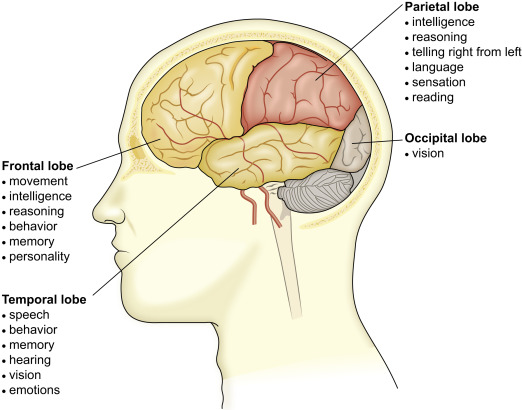Articles
The Capacity of Human Brain to Retain Data on Social Contacts
Opinion | Articles | Isaac Harold Gomes | 14-Oct-2025

Picture of Human Brain

We humans are social creatures and therefore we need ‘social bonds’ to survive on earth. However, our brains have their limits to sustain countless contacts. According to researchers our brains can effectively store a maximum of 150 relationships in our lifetime.
Out of these 150 relationships, some bonds are very close, some are not. In addition, the number of people we come to know throughout our lives can be more than a thousand. Even then the brain’s natural databank of our social 'network' remains limited to 150.
The human brain weighs about 1.36 kilograms, which is about two per cent of our body weight. One-third of this comprises the NEOCORTEX region which controls recognition of objects including faces, memory, language development, processing of our emotions, problem solving, self-awareness, our relationships, friendships, kinship and above all, 'social bonds.' According to scientists, the more we engage in social networking (mix, talk and form relationships with each other), the less is our probability of suffering from stroke, depression, amnesia and heart disease. As a result, healthy social bonds increase our lifespan.
Neocortex is often referred to as the temporal lobe, located on both the left and right sides of the brain, situated behind the ears. However, the two terms are not the same though closely related.
Scientists found that the size of the brain's neocortex region decides the range of one’s social networks. While doing research on chimpanzees and monkeys, it was observed that their neocortex can handle/map up to 50 contacts. Since the human’s neocortex is larger than chimpanzees and monkeys, the social contact range of humans exceeds that of chimpanzees/monkeys. Robin Ian Dunbar (who is a British biological anthropologist, evolutionary psychologist and specialist in primate behaviour) has concluded that the 150 limit of ‘social network’ has been there since the beginning of creation and hasn’t expanded even in today’s age of social media and digital communication.
Out of 150 social contacts, at least five are our closest contacts from our family or very close friends’ circle. Emotionally we consider them the closest and share our intimate feelings (at least once a week) with them. Apart from this, we have a circle of at least ten more friends, with whom we meet at least once a month. In total, these fifteen persons are privy to sixty per cent of our innermost feelings.
Research says that with these 15 people, a few more people are added to form a large social circle of fifty people. We meet them occasionally for fun and frolic, without divulging much to them.
Apart from these 50, there may be another 150 people who are not in regular touch with us. This circle of friends can change over time due to infrequent communication, and the void is filled by some new persons. For example, our neighbours, office colleagues, new acquaintances, etc. Besides this, there may be around 1000 persons whose faces we know but they do not know us. For example, US President Donald Trump or India’s Prime Minister Narendra Modi.
Despite the above findings, many researchers do not take Dunbar's findings as Gospel truth. According to them, it is not possible to limit a person's social contact to 150 for it depends on the capacity of retention and rejection of an individual’s brain. They argue in today’s age of social and digital media, it is only logical that our range of social network will only show an upward tendency.
(Inputs from Anandabazar.com 09.10.202)
Visitor comments
Francis Mondal
17-Oct-2025
A very thought-provoking article on the human brain. However, I doubt, as Isaac has mentioned in the last paragraph, whether the same formula of 150 social bonds applies uniformly to all humans. For each human is unique and I believe data storage is also dependent on one's Intelligence Quotient (IQ). Also the findings are silent whether the social relationship capacity is the same for men and women.
Leave a comment

Pamela Collins
08-Nov-2025
Hi there, "pope" stood out-- maybe misspelled? Quickly confirming with spellperfect.com or another tool usually helps. Cheers, Pamela